This article is the story of a personal discovery, one of those things that you do not expect because it is a place that already has framed and you’re sure to know very well and get that great day when you get splashed with something that you’d never imagined, as in the sea…
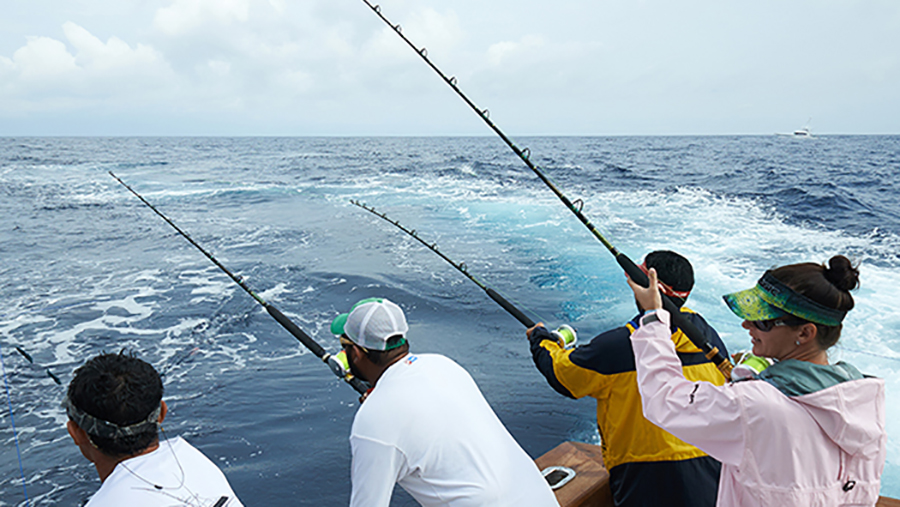
My story with Nicaragua began about thirteen years ago, time in which the largest region of Central America became my second home, where I have worked, lived and toured some of the most important roads of my life. In the fishery research field I can say having fish on all coasts and environments that characterize this country (the two oceans, vast lakes, volcanic lakes, navigable rivers) where I could catch almost all major game fish of these waters. One of the limits of this paradise was the possibility of fish billfish thanks to dedicated and consistently well determined jobs.
I still remember years ago when sailing boats looking Sailfish and mythological stories as Marlin was captured by fearless fishermen who dared to go “off-shore”. These two words are pronounced with a deep tone and sense of respect by fishermen, meaning in a few words to reach the drop-off, the continental fall, which in Nicaragua is possible between 40 and 50 miles. It is well understood in a tropical country, where the ocean is quite the opposite of peaceful and where the possibility of being rescued at that distance is something that puts a brake on the desire of the most persistent fisherman.
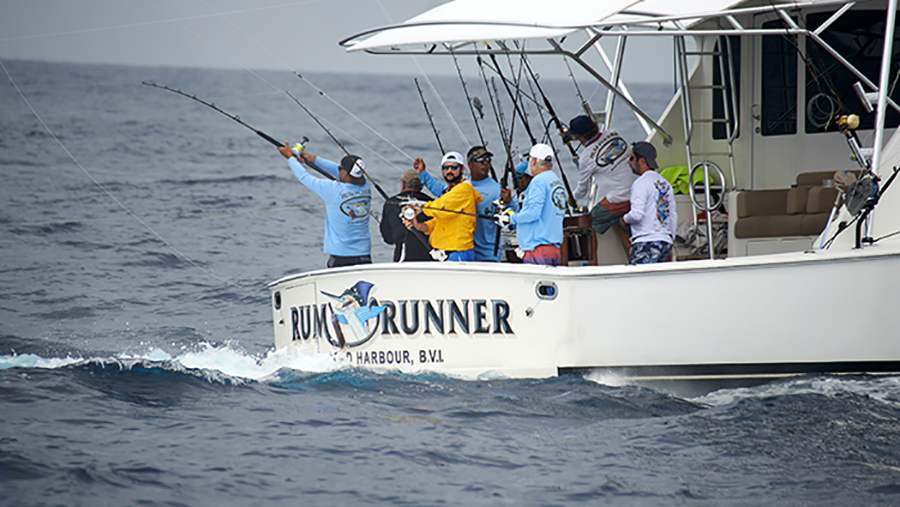
No billfish, no party
To enter the Olympus of the world of sport fishing. In the elite of countries that every year are contending through a rich and prestigious circuit and the tournament scepter of the country with fishing and most desirable fish of the world cannot miss the rostrate.
Looking at the charts this is like a contradiction, because for Panama side and Costa Rica do the lion’s share, although with a coastline far more limited compared to the Nicaraguan, and secondly Guatemala can boast fishing the best sailfish in the world. Also El Salvador is growing and now Jiquilisco Bahia del Sol is a constant target for enthusiast’s bill fishing. How is it possible that Nicaragua, in the middle of this spot, with commercial fishing beyond 20 miles practically nonexistent, not equally count on these fish stocks? This same question was asked by some enthusiasts of the big game from this country, particularly Carlos Pellas, Nicaraguan magnate with Italian origins, who more than two decades ago, was one of the few to ride the pristine waters beyond 50 miles. It first began putting in good hands, the captains with the C, as Joe Crawford, who had crossed the waters of half the world in search of the billfishes, and began to see results. Then he began organizing a tournament in the only Marina of Nicaragua, Marina Puesta del Sol, and then contacting local enthusiasts and nearby regions. In the lapse of 15 years, the tournament between friends became an international event and this year, as evidence that the charts (and anecdotes of mates and captains) are not lies, attended the most representative team of the whole region (from USA to Venezuela and Colombia). In this event we wanted to dedicate a separate box, but it is included here because it is yet another proof that if Nicaragua is fished as well as in neighbouring countries, the results can not only be seen, but can be truly amazing.
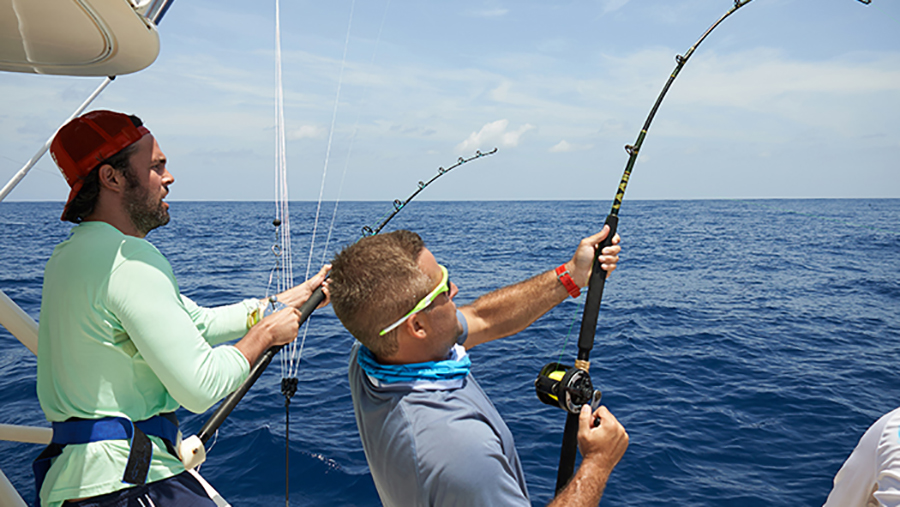
Where and when
The historical place where sport fishing was born and developed in Nicaragua is San Juan del Sur, a placid bay where there are anchored cove ships and fishermen. In recent years it has also become a tourist destination for surfers. The nightlife in this town has grown and this has attracted many Americans and Europeans, some of whom decided to move over there and for a sea change. San Juan and surrounding areas have the disadvantage of being exposed to the winds of the south eastern quadrants, which are dominant in this area and in the period from December to March blowing strongly, makes life difficult for fishermen and also the fish. Fishing for billfish here focuses on the area around 50 miles, but in fact entered the 12 miles is already possible to find conditions very good for sailfish fishing, as well as structures and rocks that can draw the attention of arlin and Dorados. The rocky shores of San Juan are a perfect spot for Rooster fish, Jacks and Cubera, so many charters offer a mix between inshore and offshore. Among the most reliable in this area, Mukul mentioned in Guacalito Island (www.mukulresort.com), an exclusive resort offering a charter service in-offshore in a Pursuit 33 ‘, Spirit of Mukul, handled generally by Capt. Leandro Chamorro Jr. (Leandrochamorro19@gmail.com), an expert local captain.
Among the cheaper alternatives are Rob Plath’s Colorlinecharters at Playa Gigante north of San Juan del Sur (gigantebay.com), which offers excellent service charters – large boats and catamarans are available.
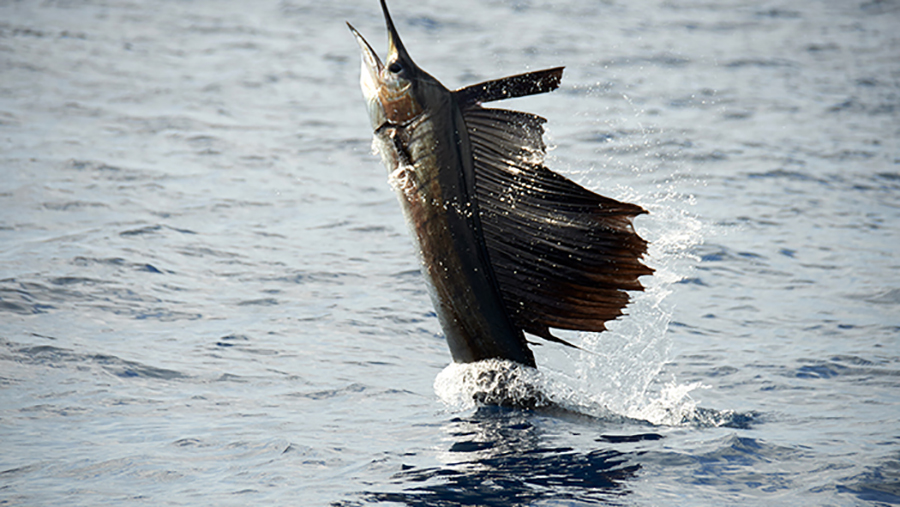
Northern Nicaragua is diverse because the shape of the coastline protects it: the wind is less strong and the sea is quieter. Here the reference point is the Marina Puesta del Sol, unlike San Juan del Sur agrees to anchor safely and can be able to have the fuel, water and light at the dock. It is the starting point, an ideal stop and a lovely place to stay, created more than a decade ago by two Mexicans, Roberto and Maria Laura Membreño (www.marinapuestadelsol.com). The fishing season here runs from May to September, usually goes to sea with the wind at his back, then during the period of time of the day usually comes the prevailing wind so during the day the captains have this small advantage of having the wind. The fishing area extends between 43 and 57 miles, with a drop-off that has all the characteristics of a bank, by the presence of peaks, outputs and tongues of rock that extend to the north and west and are true mountains and landmarks for grazing fish and predators before the fall.
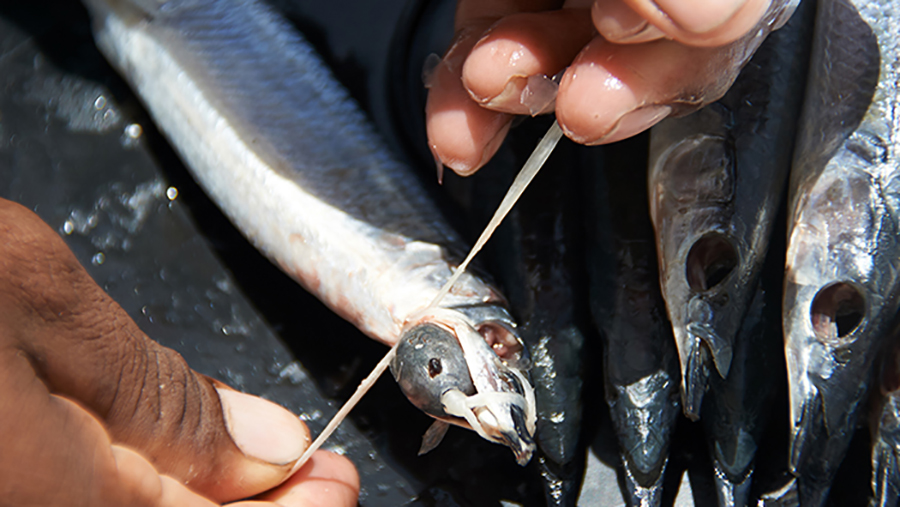
It is an almost inaccessible place for local professional fishermen (I have never seen a commercial boat or logline, something that is very common elsewhere) and is also a great place from the environmental point of view. In one of the many days I went to sail to six knots and a half, I could count in half an hour and in the space of about 3 miles, about 18 longbill whales, the world’s second largest whale, and hundreds of dolphins which there are at least 4 species, including the most common, spinner dolphins, famous for their aerobatics, sea turtles and many species of marine birds complete the picture of the animals’ environment. “The main course are the billfish, particularly the sails and marlin, the latter here are three species (blue, black and striped), among which predominates usually the first one. Other interesting game fish are Dorado and Yellowfin, while now there are few ships that have tried to fish in the background either that natural and artificial lures, and considering the spot is legitimate to think that real dinosaurs that have hitherto lived here unmolested by fishermen.
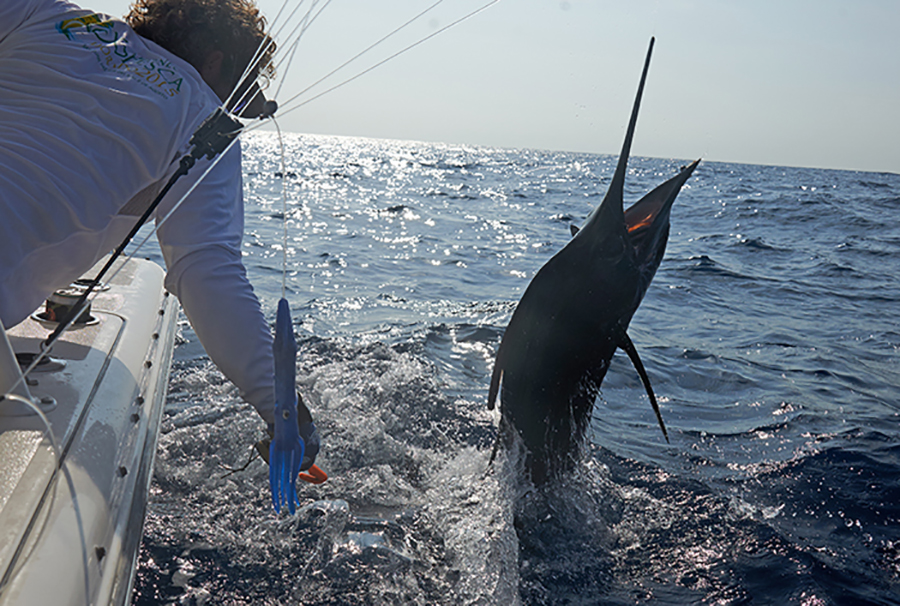
How
Fishing for billfish in Nicaragua is no different from that practiced in nearby regions, if feasible fishing rods normally 4-6 from 30 (Sailing) to 50 (Marlin) pounds, with natural lures. Fishing 90% Sailfish they use ballyhoo (a kind of local needle without face and many pellets balls in the head), while for Marlin ballyhoo that Spanish mackerel stripped with or without head. This is the technique more common although depending on the day or inspiration of the captain can also be used Kona lures plastic or mold craft. What characterised this fishing action is the strong call made thanks to the teaser, flippy-floppy and dredging, which are handled by the captain and mate with appropriate stabilizers and electric reels. The story of dredging in this country is very interesting. If before anyone was using them, now no one can miss them and this is thanks to the results of one of the boats for a long time has fished steadily in Nicaragua, Tranquilo of Ken and Amanda Cofer, and that in recent years has been awarded some of the tournament’s most prestigious of Americas, as Bisbee´s in Cabo San Lucas, the most “expensive” tournament sport fishing Saltwater (first prize $ 4 Million), Bill Pino, part of the Tranquilo crew , by Jahr many believed in the dredging, creating what is now one of the leading companies in this field, Squid nation (squidnation.com), that convinced with facts many fishermen to make the use of this type fishing attractors. Lures are thrown in the water and bait. This is not practiced elsewhere frequently – it’s preferred to throw arrangement lures to the rostrates.
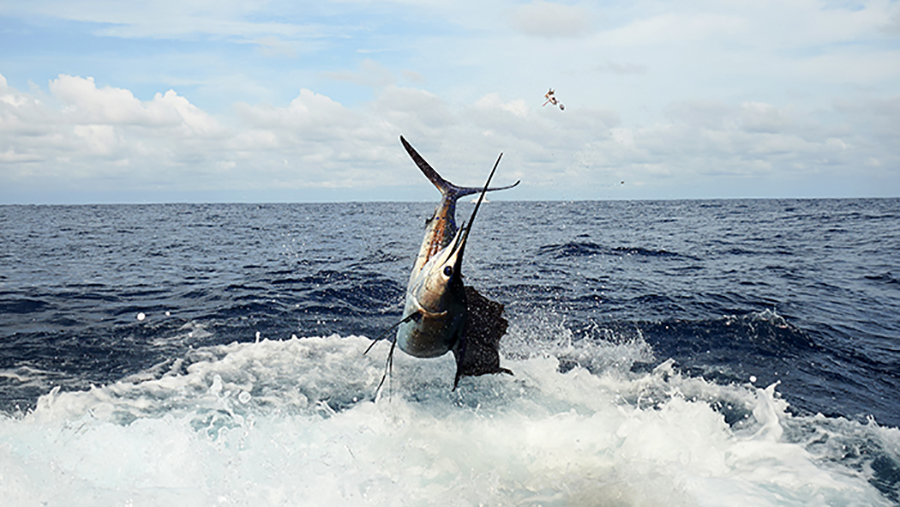
This to avoid the famous parboil (sancocho) it’s important to be always on guard, watching the ocean surface awaiting the fin or other signals indicating the presence of a predator on the surface. Fishing captains focus to the sails (main target) 6-7 knots trolling rods 30 pounds and leader in fluorocarbon between 60 (brave) and 80 pounds. This means that in addition to what has been said to make a good reading of fish in hunt surface, have at least two rods pitch bait with a 50lbs with leader of at least 300 pounds of spinning for Marlin. Even if the size of the latter is similar to those of other spot in Central America, so usually between 300 and 400 pounds, and therefore there are few crew who have already released Marlin also with fishing tackle for sail when the size is increased or just looking the depth the fish is essential to have a terminal and a reed with more performance practiced so often as elsewhere, preferring to throw them available rostrate lures.
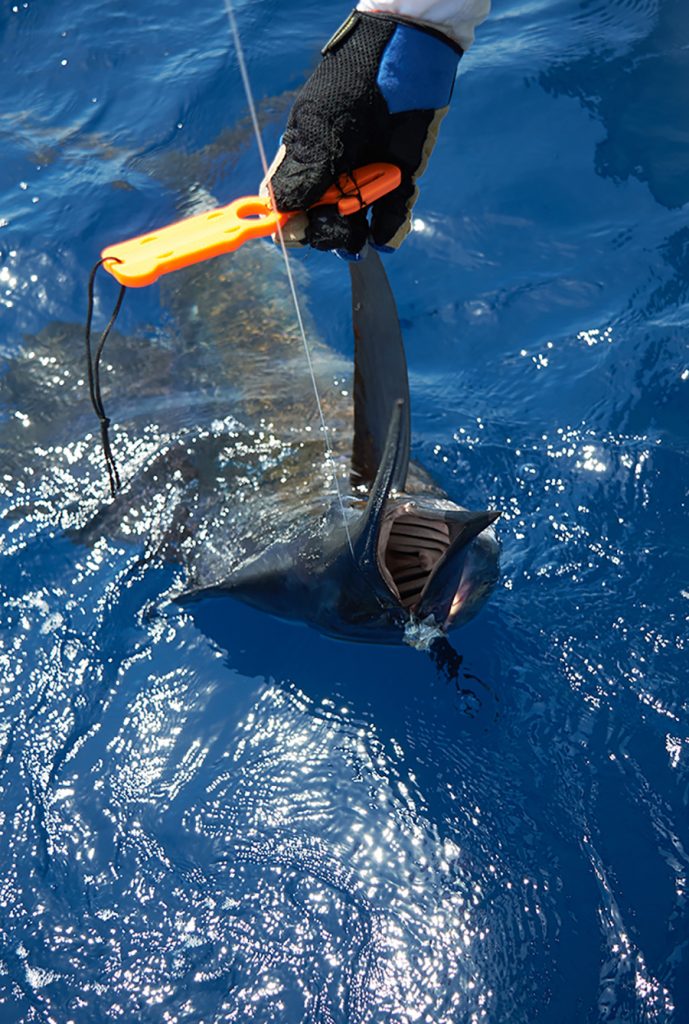
On this last trip I had the great fortune to be on board ships that have made history in sport fishing in recent years, and especially the great opportunity to meet his captains. Accustomed to a Latin approach in which the captain fishing following their mark, watching the water and following birds and birdhouses (who among us is the most difficult thing), see use technology along with all the rest, (NB: the technology doesn’t fish!) as probes, sonar and radar to search for the aviaries spinner dolphins or marine birds is really educational. In fact the progress
coming from the satellite maps, with levels of chlorophyll, temperature and currents predicted are awesome. But whoever believes that these advances can remove magic from fishing is wrong, in fact always decide – the fish – how and when to eat them.
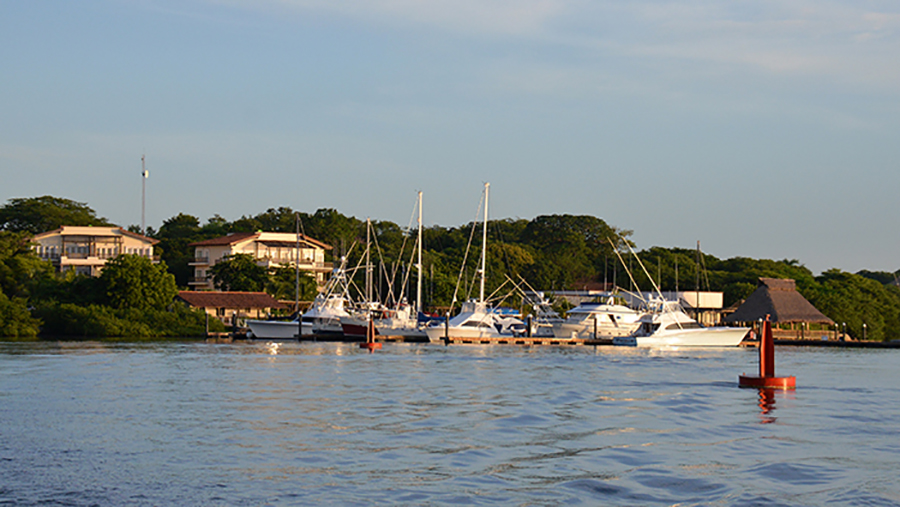
How to get
Travel to Nicaragua from Europe is possible either through USA but also via Guatemala and Costa Rica. KLM and Lufthansa are noted for their service and customer support. The local currency is the Cordoba (1US = 30 cordobas), the dollar and all credit cards are generally accepted. No need for visa and no vaccines are required. It is recommended to bring sunscreen and repellent for mosquitoes, especially for the evening. For more information visit the websites of the destinations mentioned in the article and get more information about Nicaragua and tourism in general, in particular, the website of the Institute of Tourism is well maintained and updated (www.visitanicaragua.com).
* Typical expression in Nicaraguan meaning “not to make long” but actually it is widely used by logorreicas people – as the underwritten – when they are about to tell a long history (story). ■
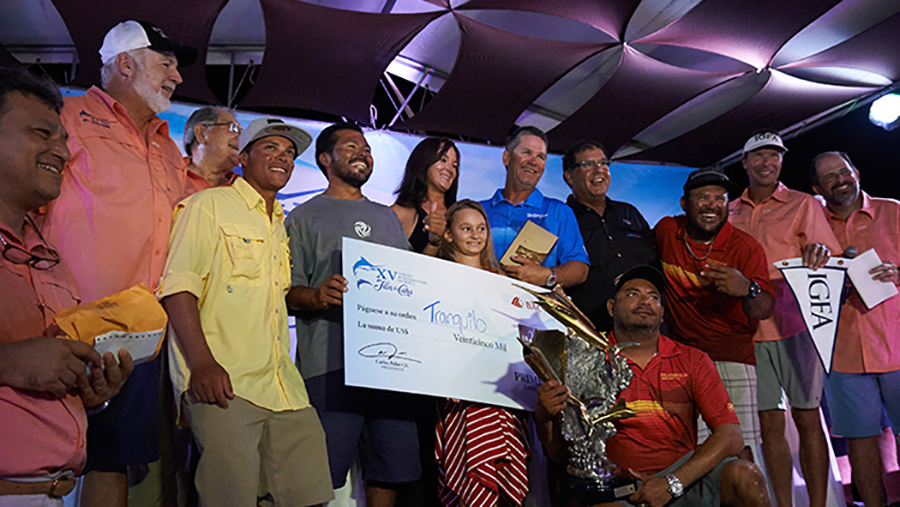
Flor de Caña International Tournament 2016, Marina Puesta del Sol, Nicaragua
From 24 to 27 August the XV edition of the International Tournament of Flor de Caña was held in Marina Puesta del Sol, in Nicaragua. This year 25 boats participated in the tournament and were divided into two categories, Centenario (large yachts) and Gran Reserva (smaller boats), with well known crews as Tranquilo Ken and Amanda Cofer, and winners of the 2015 Bisbee’s in Los Cabos, Mexico but also Fish Tank of Chirs Jessen, No Agenda with legendary Captain Bobby Brown, Pelese with John La Grone and Nicaragua’s “Rum Runner” by Carlos Pellas under the command of Captain Joe Crawford. Fishing with these greats around 50 miles was really fantastic. After an hour and a half in line, 147 sailfish had already been released, and the tournament was concluded with 1371 sailfish released and 5 Blue Marlin. These surprising numbers constitute the record of all time for sport fishing in Nicaragua. In particular, the 14 ships of the category Centenario presented incredible statistics, with 1121 fish released in 3-day tournament, an average of 80 per boat, which means almost 27 fish a day. During the tournament 170 doubles, 83 triples, 18 quadruples, 3 quintuple (Tranquilo, Fish tank and Rum Runner) and 1 sestina (Rum Runner) showing how fishing beyond 50 miles has been really spectacularly reported. In the end the Team Tranquilo first won the tournament Flor de Caña, confirming their “state of grace” with Amanda Cofer as top angler of the tournament with 35 sailfishes released, and the impressive amount of 127 sailfish released from the team during the 3-day tournament (over 5 sail fish released per hour of fishing).
The fight for first place was uncertain until the last minute that freed 123 Fish Tank sailing and Sea Angel fish, which placed third with 113 fish released. The last two hours of the tournament were crazy and I took pictures while I counted 11 ships in combat, some with various fish hooked while they hunted fish sails in shoals of sardines on the surface. Also the category Gran Reserva presented very impressive numbers and Showtime Hugo Holmann won first place with 54 sailfishes released, up from “La Carreta” Tito Silva (42 sailfish released) and “Superbly” by Gabriel Fernandez (34 Sailfish). Nicaraguan fishermen Carlos Pellas Francisco Jr. (Spirit of Mukul) and his brother Edoardo Pellas (Rum Runner) won the prize for the largest marlin caught during the tournament, while Carlos Holmann won the top award in the category fisherman Gran Reserva. The event was monitored by observers IGFA and the last day, President Rob Kramer participated in the tournament and the closing ceremony. The numbers of fishing and the great organization of Roberto Sandino, Mauricio Solorzano and Joe Crawdord have confirmed to Nicaragua as one of the new hotspot for bill fishing in the Pacific Ocean and have made the “Flor de Caña” an event not to be missed! www.varcasia.com
Words + Photos by: Antonio Varcasia

